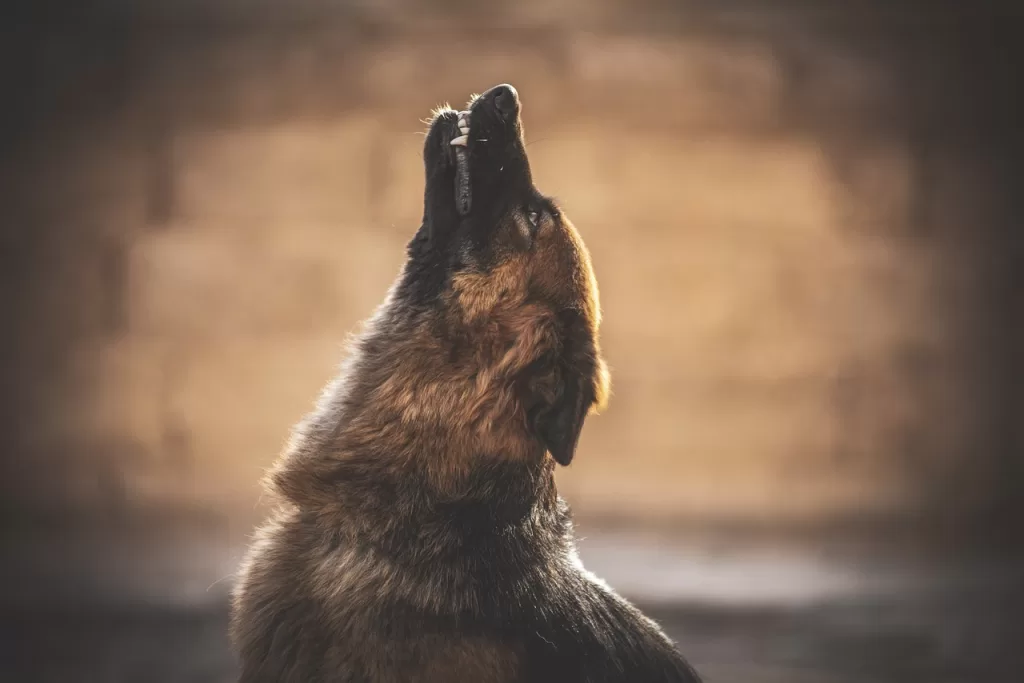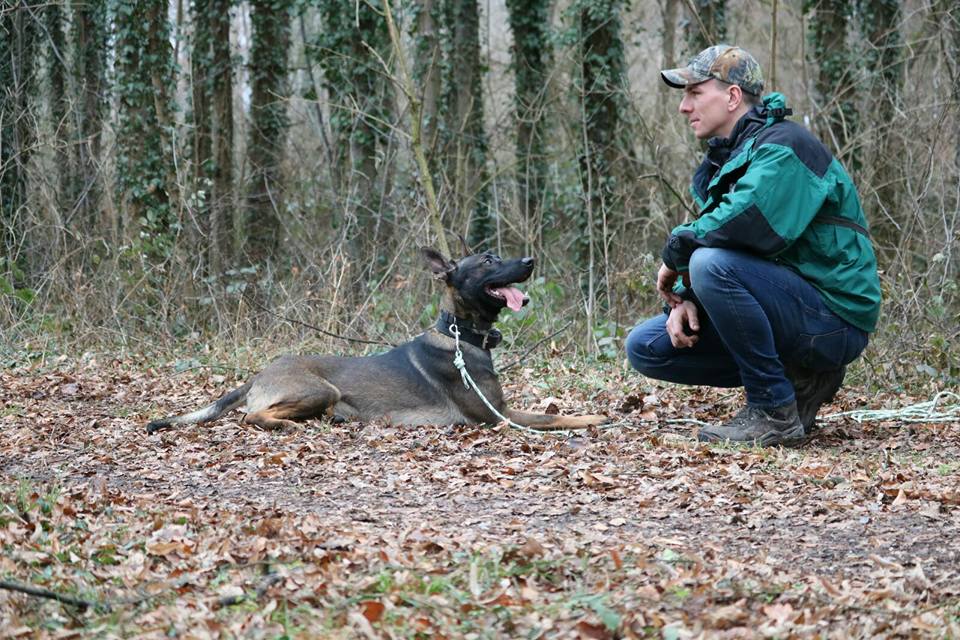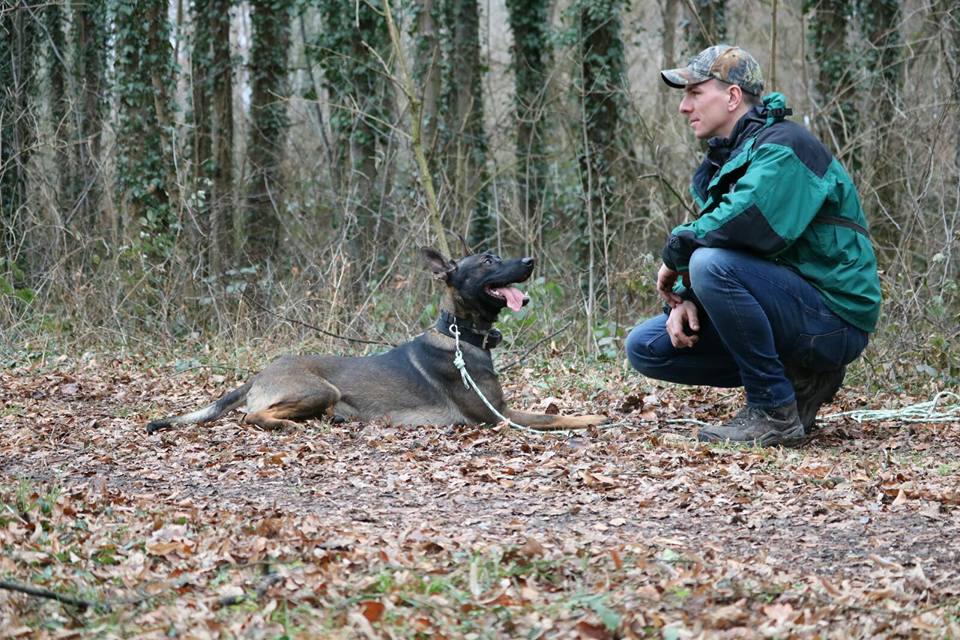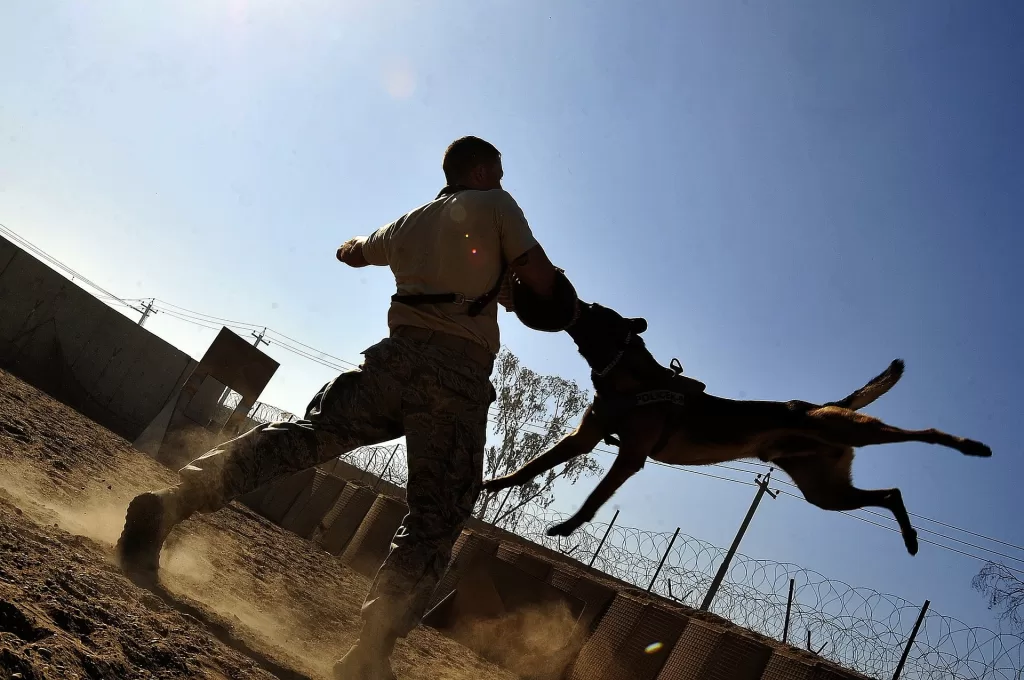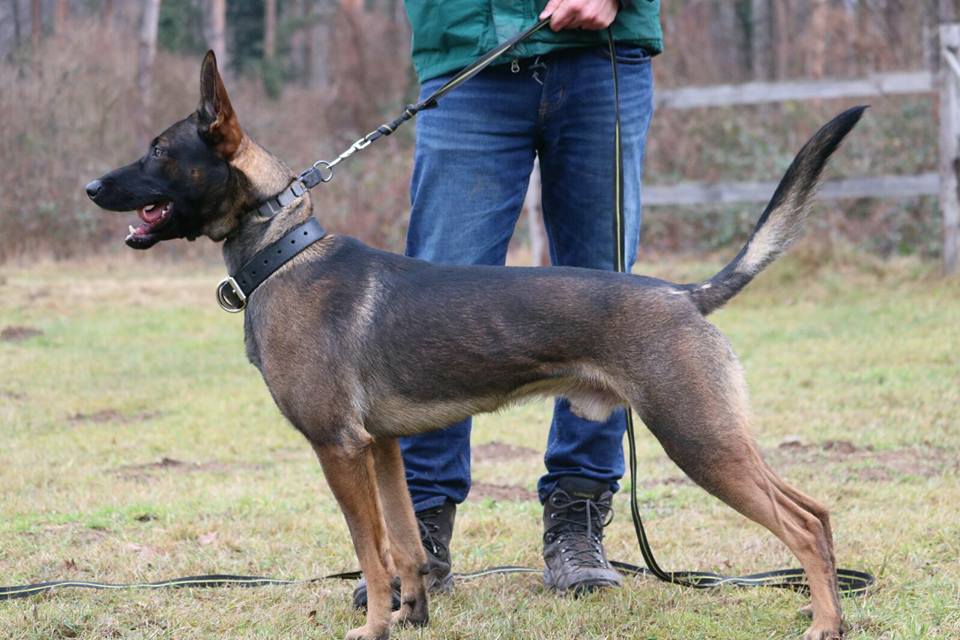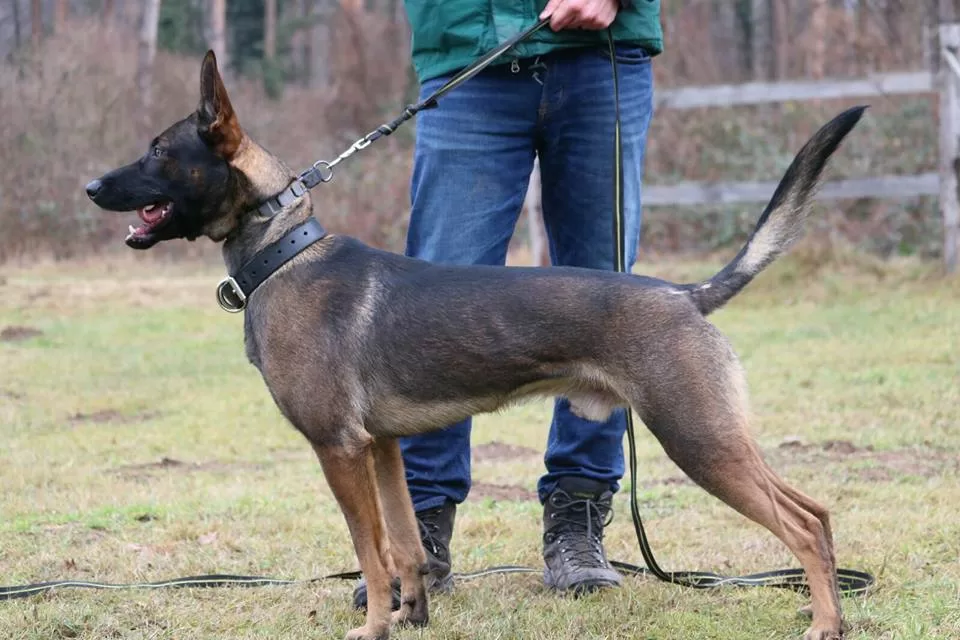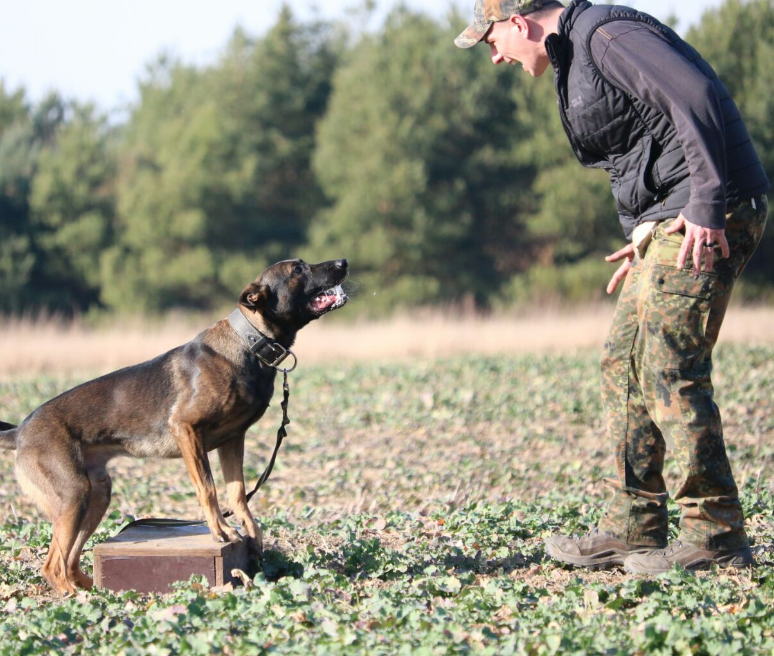The Top 10 Mistakes to Avoid When Training Your Dog
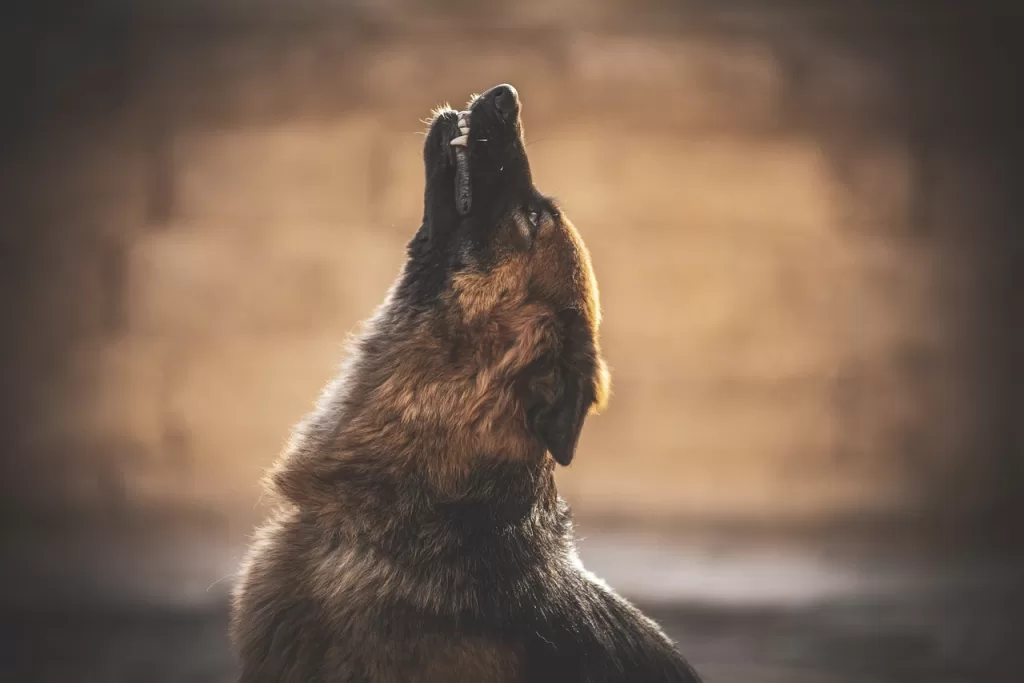
Introduction:
Training your dog is an essential part of responsible pet ownership. It not only helps create a well-behaved and obedient companion but also strengthens the bond between you and your furry friend. However, dog training can be challenging, especially for first-time dog owners. To ensure successful and effective training, it’s important to be aware of the common mistakes that can hinder progress and cause frustration. In this blog post, we will discuss the top 10 mistakes to avoid when training your dog, empowering you with knowledge to achieve positive training outcomes.
Inconsistency:
One of the biggest mistakes in dog training is inconsistency. Dogs thrive on routine and clear expectations. Inconsistent rules and commands confuse them, making it difficult for them to understand what is expected of them. Be consistent with your commands, rewards, and consequences to provide clear guidance and reinforce desired behaviors consistently.
Lack of Patience:
Patience is key when training your dog. It takes time for dogs to understand and learn new behaviors. Getting frustrated or losing patience can hinder the training progress and cause stress for both you and your dog. Remember that training is a gradual process, and patience will yield better results than rushing or becoming frustrated.
Using Punishment:
Using punishment as a training method is counterproductive and can damage the trust and relationship with your dog. Physical punishment, yelling, or any form of aversive training techniques can cause fear, anxiety, and aggression in dogs. Instead, focus on positive reinforcement, rewarding good behavior, and redirecting or ignoring unwanted behaviors.
Lack of Socialization:
Socialization is crucial for a well-rounded and well-behaved dog. Failure to properly socialize your dog can result in fear, anxiety, and behavioral issues. Expose your dog to various people, animals, environments, and situations from a young age, using positive reinforcement and ensuring positive experiences. Proper socialization sets the foundation for a confident and friendly companion.
Overlooking Basic Training:
Basic training commands, such as sit, stay, come, and leash walking, are fundamental for a well-behaved dog. Neglecting basic training can lead to a lack of control and obedience. Invest time in teaching and reinforcing these commands consistently to ensure a harmonious relationship and a dog that can safely navigate different situations.
Insufficient Exercise and Mental Stimulation:
A tired dog is a well-behaved dog. Insufficient exercise and mental stimulation can result in excess energy, boredom, and destructive behaviors. Make sure your dog receives regular exercise through walks, playtime, and mental stimulation activities, such as puzzle toys or training sessions. A tired dog is more receptive to training and less likely to engage in undesirable behaviors.
Neglecting Training in Different Environments:
Dogs need to generalize their training to different environments and distractions. Training your dog only in one specific location can lead to difficulties in obeying commands in other settings. Gradually introduce training in various environments, gradually increasing distractions, and reinforcing commands consistently to ensure your dog’s responsiveness in different situations.
Lack of Clear Communication:
Communication is vital in dog training. Dogs rely on verbal and non-verbal cues to understand what you expect from them. Be clear and consistent with your commands, use positive reinforcement to communicate desired behaviors, and avoid mixed signals. Consistent body language, tone of voice, and reinforcement will help your dog understand and respond appropriately.
Overlooking the Power of Rewards:
Rewards are a powerful motivator in dog training. Some owners may underestimate the value of rewards or rely solely on verbal praise. While praise is important, pairing it with treats, toys, or affection increases the effectiveness of the training. Find what motivates your dog and use a variety of rewards to reinforce desired behaviors consistently.
Neglecting Continued Training:
Training should be an ongoing process throughout your dog’s life. Once basic commands are established, it’s important to continue training and reinforcing good behaviors to maintain the desired level of obedience. Without consistent training, dogs can regress or develop undesirable behaviors. Regular training sessions and occasional refreshers will keep your dog’s skills sharp.
Conclusion:
Training your dog requires time, patience, consistency, and a positive approach. By avoiding the common mistakes discussed above, you can create a positive training experience for both you and your dog. Remember to be consistent, patient, and avoid using punishment. Focus on positive reinforcement, socialization, basic commands, and continued training. With dedication and a well-thought-out training plan, you can shape your dog into a well-behaved and happy companion, strengthening your bond and enhancing the quality of your shared experiences.
The Top 10 Mistakes to Avoid When Training Your Dog Read More »

